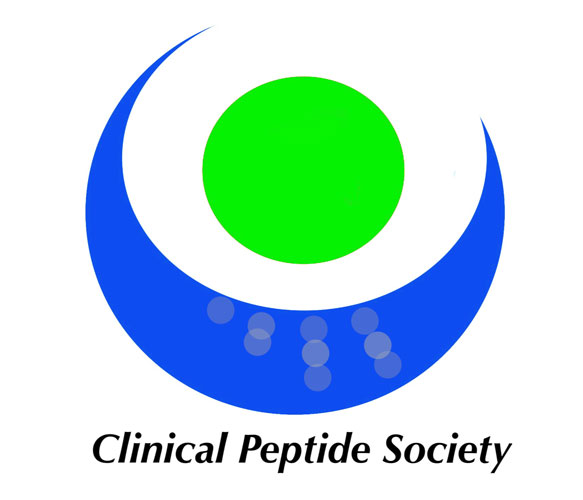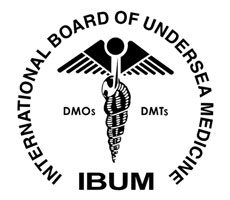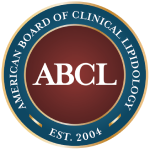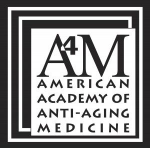How Is Bioidentical Hormone Therapy Different from Traditional Hormone Therapy?

Bioidentical hormone therapy (BHT) and traditional hormone therapy are the two forms of hormone therapy (HT). This article reviews the two types of hormone replacement therapy and their differences. Hormone replacement therapy is one of the most effective approaches to address troublesome menopausal symptoms.
The differences between bioidentical hormone therapy and traditional hormone therapy
Bioidentical HT is manufactured from natural plant sources like yams and soy. These hormones have a similar molecular structure as estrone, estradiol, estriol progesterone, and testosterone, produced naturally in the human body. Furthermore, they behave identically to those produced by the body, and the body is unable to differentiate between bioidentical hormones and those produced by the body.
Traditional HT involves using synthetic estrogens with the same structure as those generated in the human body, which allows them to imitate the hormones produced naturally. Estrogen and progesterone are the most commonly recommended synthetic HT combination for women. Progesterone is created from medroxyprogesterone acetate, a synthetic version of progesterone, while estrogen is made from conjugated equine estrogens collected from the urine of pregnant mares.
Some of the differences between the two types of hormone therapy include:
Effectiveness
Bioidentical hormones are produced specifically for each person’s body, providing for a tailored approach to treatment. However, traditional synthetic hormones are only available in predefined dosages and formulas, and they are not well suited to the human body. Therefore, synthetic hormones may not respond as effectively in the body to achieve the desired outcomes as natural hormones tailored to the patient’s unique hormonal requirements do.
Flexibility
The most significant advantage of BHT over its conventional HT equivalent is its flexibility throughout a patient’s therapy. HT hormones are created in predetermined doses by pharmaceutical firms, limiting the discretion of the primary care doctor to modify the amount and kind of hormones given to the patient.
Since each unique therapy is personalized to the woman’s individual needs, bioidentical HT hormones provide the physician and their patient more autonomy in deciding the amount and kind of hormonal supplements to be administered. Therefore, the doctor may evaluate which variables represent the most risk to the patient (for example, obesity, diabetes, heart disease, cancer, and osteoporosis) and tailor the BHT treatment plan based on these evaluations and the patient’s feedback. This capacity to properly monitor and alter doses is a significant benefit to patients.
Side effects
Traditional HT may cause undesirable side effects such as bloating, breast tenderness, nausea, stomach cramps, and headaches and does not resolve symptoms completely in many individuals. The dangers linked with traditional, synthetic HT have not been connected with bioidentical hormones, according to a study released by the National Library of Medicine on the efficacy and tolerability of compounded bioidentical hormone replacement therapy. According to the study, 57.7% of the women surveyed had fewer adverse effects, and 71.8% reported significant relief of menopausal symptoms while undergoing bioidentical hormone therapy.
The bottom line
According to the National Library of Medicine, physiological evidence and clinical outcomes show that bioidentical hormone therapy has less risk, such as breast cancer and cardiovascular disease, and that it is more effective than traditional hormone therapy. To learn more, contact our clinic to book an appointment.
Get more information about Optimal Medical Group in Fresno at https://omgwellnessmd.com.
Check out what others are saying about our services on Yelp: Read our Yelp reviews.
Related Posts
Women researching low sex drive in women supplements often want fast, reliable results. While supplements are not offered here, this article outlines how the O-Shot compares to over-the-counter options. Low sex drive in women is a real and complex problem, often leaving women and those who care for them searching for answers. If you're wondering…
If you're searching for an erectile dysfunction clinic in Fresno, CA, The Optimal Medical Group stands out as the premier destination. Erectile dysfunction (ED) can be successfully treated, often faster and more comfortably than many men expect, through advanced medical therapies like the P-Shot and tailored hormone solutions provided by board-certified experts at this respected…
The most effective treatment for low libido in females addresses underlying medical, psychological, and relationship factors through. For women experiencing low sexual desire, often called hypoactive sexual desire disorder (HSDD), best solutions may involve medication, sex therapy, hormonal adjustments, and lifestyle changes.Tackling concerns like hormonal imbalance, medication side effects, and stress has been shown to…
Erectile dysfunction treatment near me in Fresno, CA is available and more effective than ever, providing answers for men seeking to improve sexual health and regain confidence. If you're experiencing ongoing issues with achieving or maintaining an erection firm enough for sex, a wide range of medical treatments are offered by Fresno's leading men's health…
















